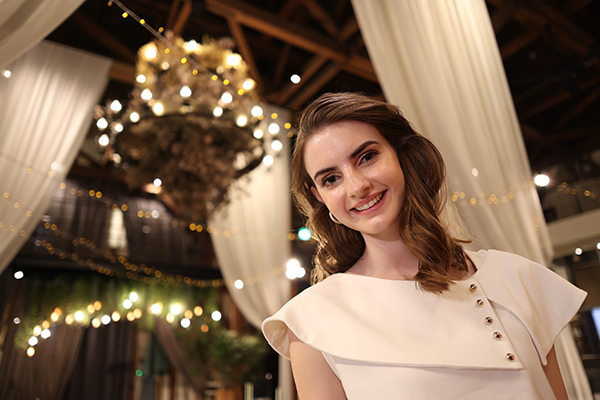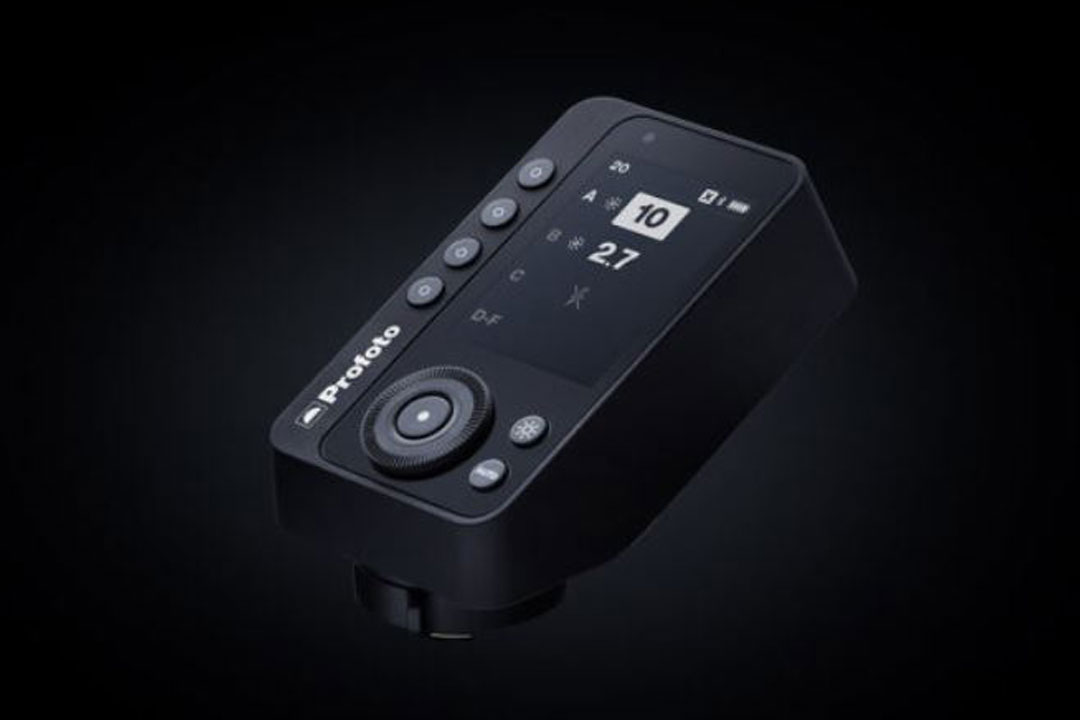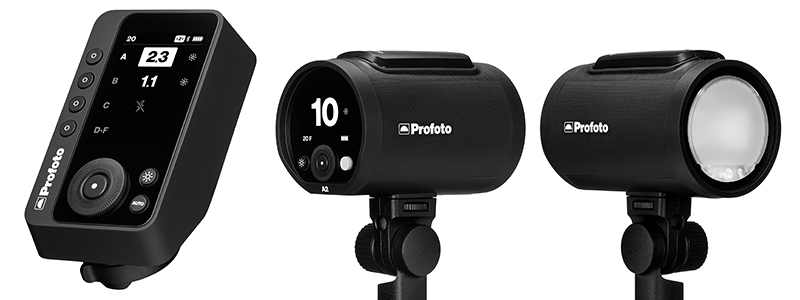Terms & Conditions of Repairs & Services
In any communication please quote the job reference number.
Conditions of repair
These conditions apply to any agreement between Fixation and any customer (individual or organisation) entrusting us with goods for evaluation or adjustment.
Fixation is a trading name of Warehouse Express Limited, 13 Frensham Road, Norwich. NR3 2BT. Company registration number 03366976. The Fixation London workshop and showroom is located at 250 Kennington Lane, London, SE11 5RD. The Fixation Manchester repair counter is located within Wex Photo Video Unit 4, Downing Street Ind Est. Charlton Place, Manchester M12 6HH
Important Note: All repairs/services are thoroughly checked before release but it is expected that a final check of the equipment be made by the user. Customers are asked to check that their camera has been restored to their preferred settings before use. Fixation cannot accept any liability for consequential loss due to failure of repair or delayed return.
Manufacturer’s Warranty
Any claim under the manufacturer’s warranty must meet the terms and conditions set out by the maker.Claims must be accompanied by the appropriate paperwork.As a minimum this means an acceptable proof of purchase; an applicable warranty certificate may also be required.Failure to provide the correct documentation may result in a chargeable repair.Be aware that warranties on digital products may be regional and therefore only valid in the designated area in which the manufacturer intended it to be sold.Grey imports and overseas purchases may therefore be exempt.
A warranty claim will also be refused if examination shows the cause is anything other than a manufacturing fault, including but not necessarily limited to:
- Improper use, damage or defects caused by incorrect storage, impact, excessive shock, liquid damage or damage by foreign substances.
- Repairs, modifications, tampering carried out by an unauthorised third party
- Damage caused by incorrect voltage input
- Use of spare parts or software not compatible with the product.
- Damage in transit.
Estimates
The estimates we provide are based on examination and diagnostic tools. Estimates may be subject to later revision if the internal condition of the equipment is not as anticipated (e.g. unforeseen damage or third party tampering), or if on further examination we find additional work is required. In these circumstances we will provide a re-estimate of the work and costs.
Our estimates should be suitable for insurance purposes, we would advise contacting your insurer for their policies and claim procedures. If additional letters are required further charges may apply.
Estimates are valid for 30 days from the date of the estimate.
Please note: Fixation may need to change your camera settings during the estimate process. Fixation advises customers to back up any data before sending the equipment to our workshop. Please note that Fixation does not accept any responsibility for any damages or loss of data.
Refusals
No refusal charge is incurred, but Fixation has insufficient storage space to hold items indefinitely and the return of the goods must be arranged within 4 weeks. Applicable arrangements include collection, payment of dispatch charge (£10 + vat for standard, overnight delivery by courier) or authorisation to dispose of the goods on site. In the absence of such arrangements, a recorded letter or email will be sent and, in accordance with the Disposal of Uncollected Goods Act, the uncollected item will be disposed of after 3 months. We may charge storage fees if extended storage is requested. Fixation cannot accept any liabilities for disposed items after the 3 months notification.
Sensor cleaning
While performing the sensor cleaning, Fixation may change your camera settings to adjust quality and resolution to ensure cleaning has been successful. Fixation advises customers to back-up any data before sending the equipment to our workshop. Please note that Fixation does not accept any responsibility for any damages or loss of data. Customers are responsible to ensure that the camera settings are set after the cleaning service.
Due to the nature of the equipment usage, and the variability of storage conditions from each customer, that may increase the chance of fungus, debris, and dust in the equipment, no warranty is provided for sensor cleaning.
FoCal versus focus calibration
We advise customers to look at our REIKAN FOCAL TEST & ADJUSTMENT page to understand the difference between both services. Please note Fixation may change your camera settings to adjust and calibrate your equipment. Fixation advises customers to back-up any data before sending the equipment to our workshop. Please note that Fixation does not accept any responsibility for any damages or loss of data.
Firmware updates
If you request a firmware upgrade or if we need to update the firmware during the service, please note that the updates may change the settings of your equipment and turn it back to the original setting. Fixation advises customers to do a back up of any data before sending the equipment to our workshop for firmware updates. Please note that Fixation does not accept any responsibility for any damages or loss of data.
Repair Times
All effort will be made to minimise turnaround time. Actual times will fluctuate according to demand and technician availability, but estimated turnaround times are updated on our website.
Any dates quoted by Fixation for completion of repair work are approximate and not guaranteed; we cannot accept liability for any consequential loss suffered as a result of a delayed repair. Some delays may occur whilst we await supply of spare parts required to complete a repair. Every effort will be made to keep the customer informed of progress, but such delays are beyond Fixation’s control and influence.
Payment
Repaired items will only be released on receipt of payment, where applicable. Payment is expected within 4 weeks of notification that the repair is complete.
Payment may be made in person upon collection of goods, or by telephone when arranging dispatch. We accept payment by cash (collection only), debit/credit card or Bank transfer (goods will only be released when funds have cleared into our account).
For card holders’ own security when taking telephone payments, anti-fraud checks are made based on matching the address of the registered card-holder. For this reason, we reserve the right not to accept payment by cards registered to non-UK addresses and in these circumstances a Bank transfer may be required.
Where, despite documented reminders (by email and letter), items are not collected or paid for after three months, in accordance with the Disposal of Uncollected Goods Act, this equipment shall be disposed of in order to retain from the proceeds of such sale any amount sufficient to defray costs of repairs and expenses incurred in attempting to trace and notify the customer. The customer will be entitled to any balance, but no interest shall be payable on any amount retained by the company.
Repair Warranty
All repair work is guaranteed for a period of 6 months from the date of invoicing. Should any customer not be satisfied with work carried out, they must contact Fixation within a period of 3 months from the time of collection/dispatch. All repairs are thoroughly checked before being released, but it is expected that a final check of the equipment be made by the user. Non-use of the equipment does not extend the guarantee period. Fixation shall not be responsible for any consequential loss or damage whatsoever claimed by reason of repairs carried out, or subsequent failure thereof.
The re-repair guarantee covers failure under normal operating conditions of previously repaired/replaced components and the associated labour.
All re-repairs are subject to inspection and at the discretion of the technician.Rejection of any claim (for example if the camera has suffered any physical damage or the subsequent fault is unrelated to the previous repair) will result in a new estimate and return shipping charges will apply.
Shipping charges may also apply if the camera proves to be working to specification with no further repair necessary.
Repairs covered by our repair guarantee will be returned via standard shipping at our expense (other shipping methods will be chargeable).
Goods in transit
We can advise on likely delivery dates, but these may not be 100% guaranteed.We cannot accept liability for any consequential loss arising from delayed deliveries.Consignments dispatched via our main shipping options are insured and a signature will be required upon delivery.
Should the equipment appear to be damaged upon unpacking, please retain the item and the packaging (even if unmarked) and notify the Service Department immediately to initiate the claim procedure.
Terms & Conditions of Courtesy Equipment Loan
These terms and conditions are raised in addition to and should be read in conjunction with our standard Hire Terms and Conditions. They apply to any courtesy loan of equipment for whatever reason. The term “hirer” refers to the customer who is being loaned the equipment by Fixation. Acceptance of Courtesy equipment is taken as acceptance of these Terms and Conditions, whether or not this document is signed where indicated by the hirer.
Circumstances
Fixation may agree to loan courtesy equipment under certain circumstances, including but not limited to the following:-
a. Where a customer has purchased new Nikon or Canon equipment from Fixation and suffers a failure of the equipment during the warranty period, which is not due to customer misuse or abuse. If Fixation is satisfied that the fault is a valid warranty claim, and is unable to complete satisfactory repairs within two working days of the equipment being submitted to Fixation for inspection, then Fixation will issue loan equipment for the period until repairs are completed. Whilst Fixation will endeavour to provide replacement with the same model, if this is not available for whatever reason, we will supply the next most appropriate model.
b. Fixation may agree to loan courtesy equipment where a customer believes that a repair carried out by Fixation’s own workshop has not been satisfactorily completed. Fixation reserves the right to inspect the equipment before issuing a loan to verify the customer’s claim. Whilst Fixation will endeavour to provide replacement with the same model, if this is not available for whatever reason, we will supply the next most appropriate model.
c. If a customer suffers a service failure due to an oversight or error by a member of Fixation staff, or by an agency outside of our business through no fault of the customer, if appropriate, we may, without prejudice and as a gesture of goodwill, offer to loan alternative equipment to enable the customer to continue their business activities.
In all circumstances, if the customer requests a replacement unit to be sent before Fixation have satisfied themselves of the fault or error, then such equipment will be issued on a chargeable basis, and may be altered to courtesy loan subsequently if circumstances meet the necessary conditions.
Shipping or Courier charges
Fixation will bear the cost of sending Courtesy equipment to the customer. The cost of returning the equipment to Fixation shall be borne by, and be the responsibility of the hirer.
If Fixation is sending equipment out, we reserve the right to request proof of address for non-account customers, and we will only ship to this address.
Period of Loan of Courtesy Equipment
It is a strict condition of this agreement that the period of loan expires 48 hours after Fixation has informed the customer that their repair is completed and ready for collection. Fixation will make all reasonable effort to contact the customer by email, telephone, text message or any other means at Fixation’s disposal to inform the customer that their repair is complete. If the customer fails to return the Loan equipment within 48 hours, the loan will become chargeable at our normal rates.
All other normal terms and conditions relating to Liability, Deposits, Insurance, Loss and Damage, Availability, and Accessories also apply to this agreement.

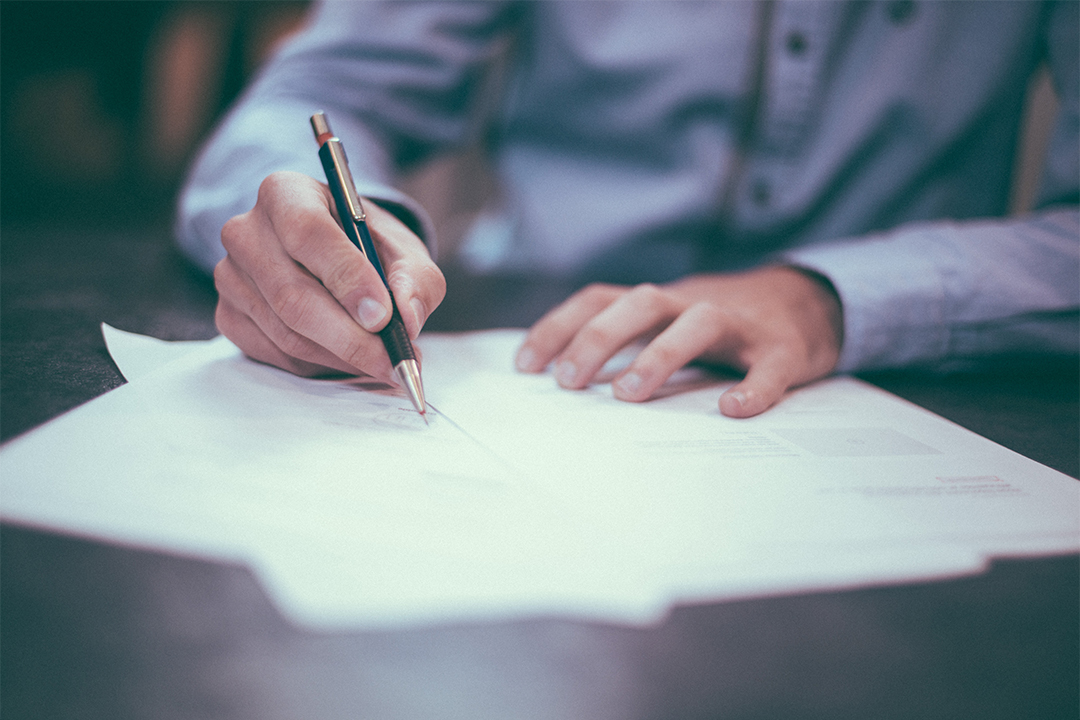
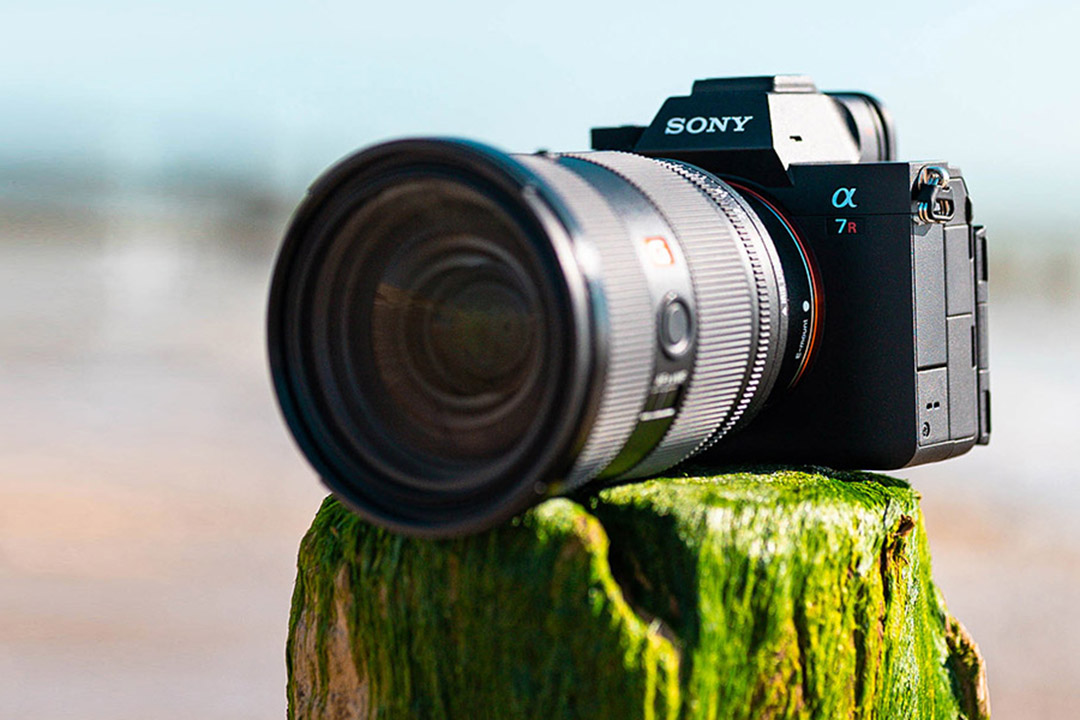
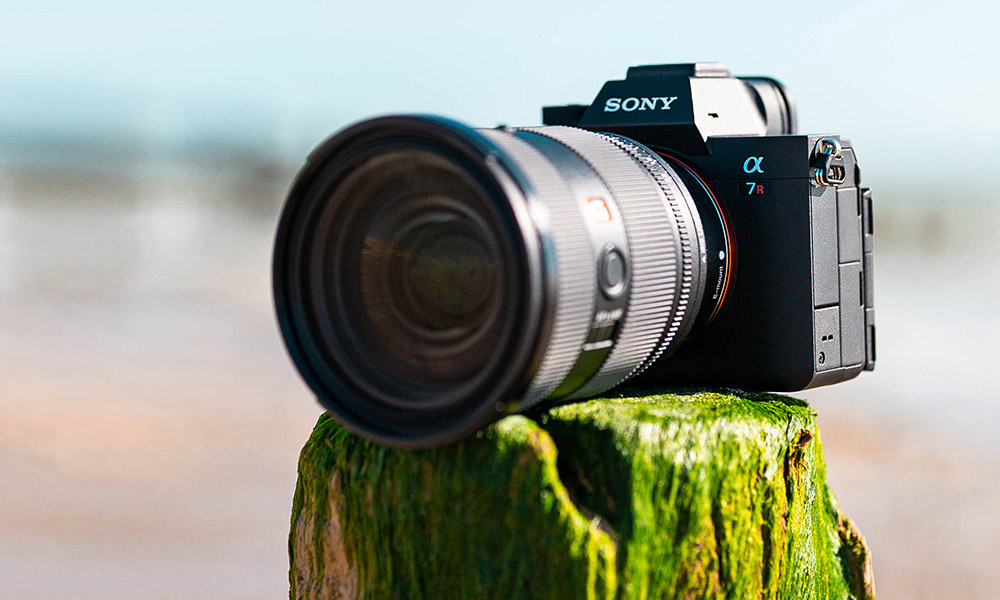
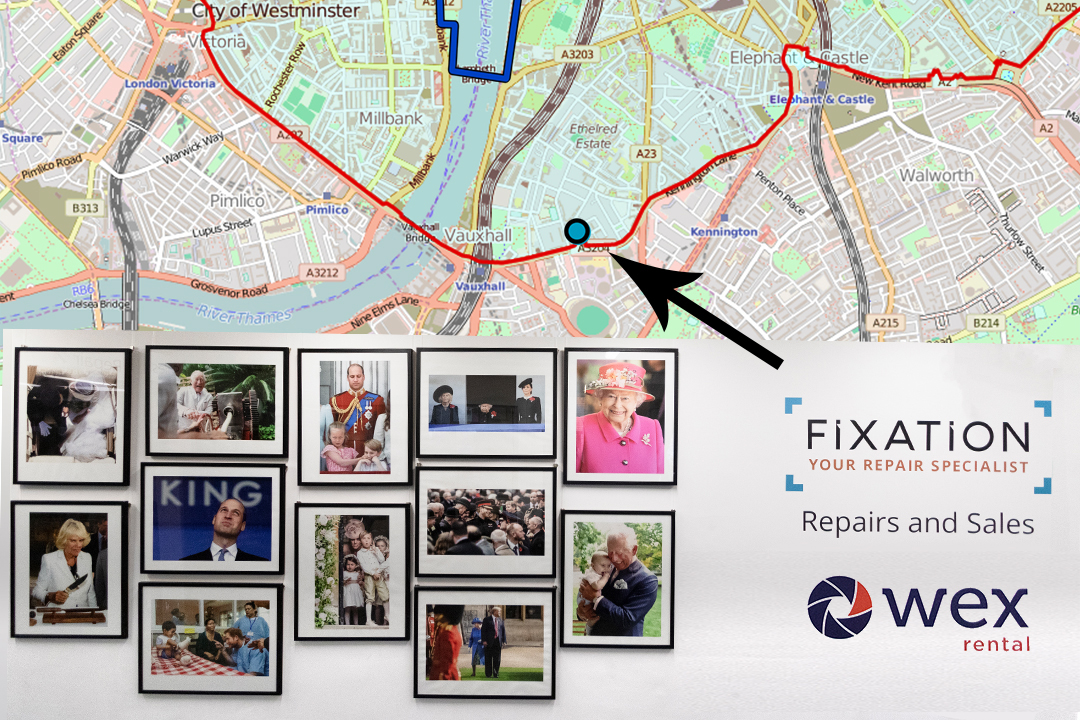
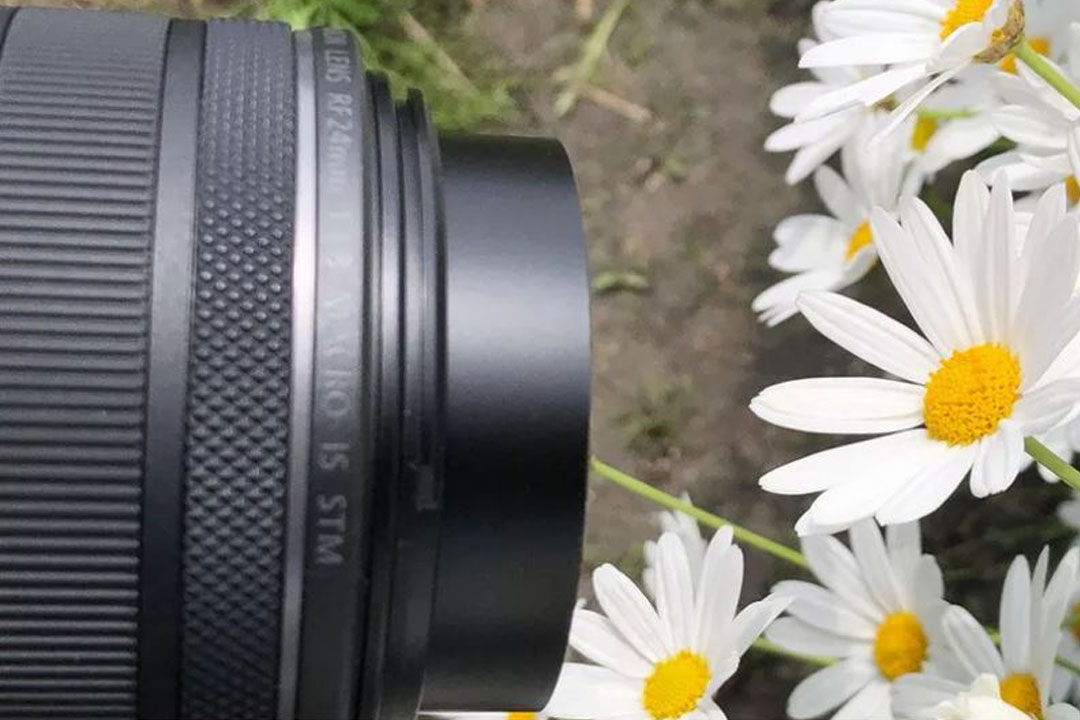
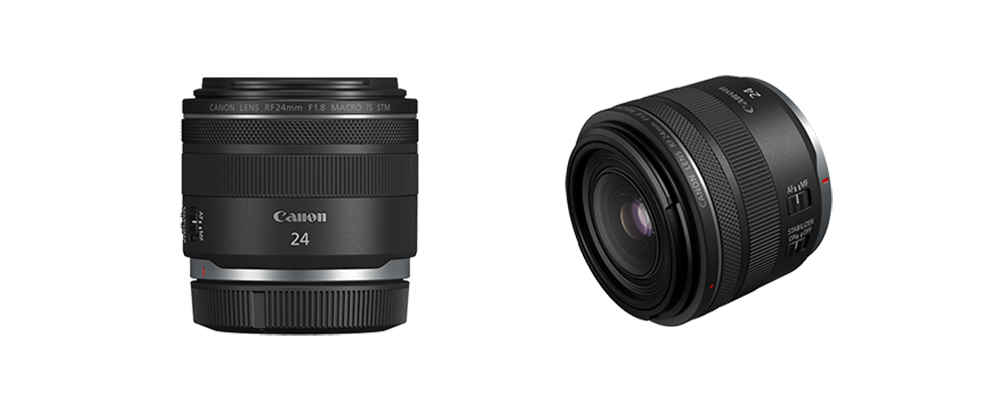 Canon RF 24mm f1.8 Macro IS STM Key Features
Canon RF 24mm f1.8 Macro IS STM Key Features